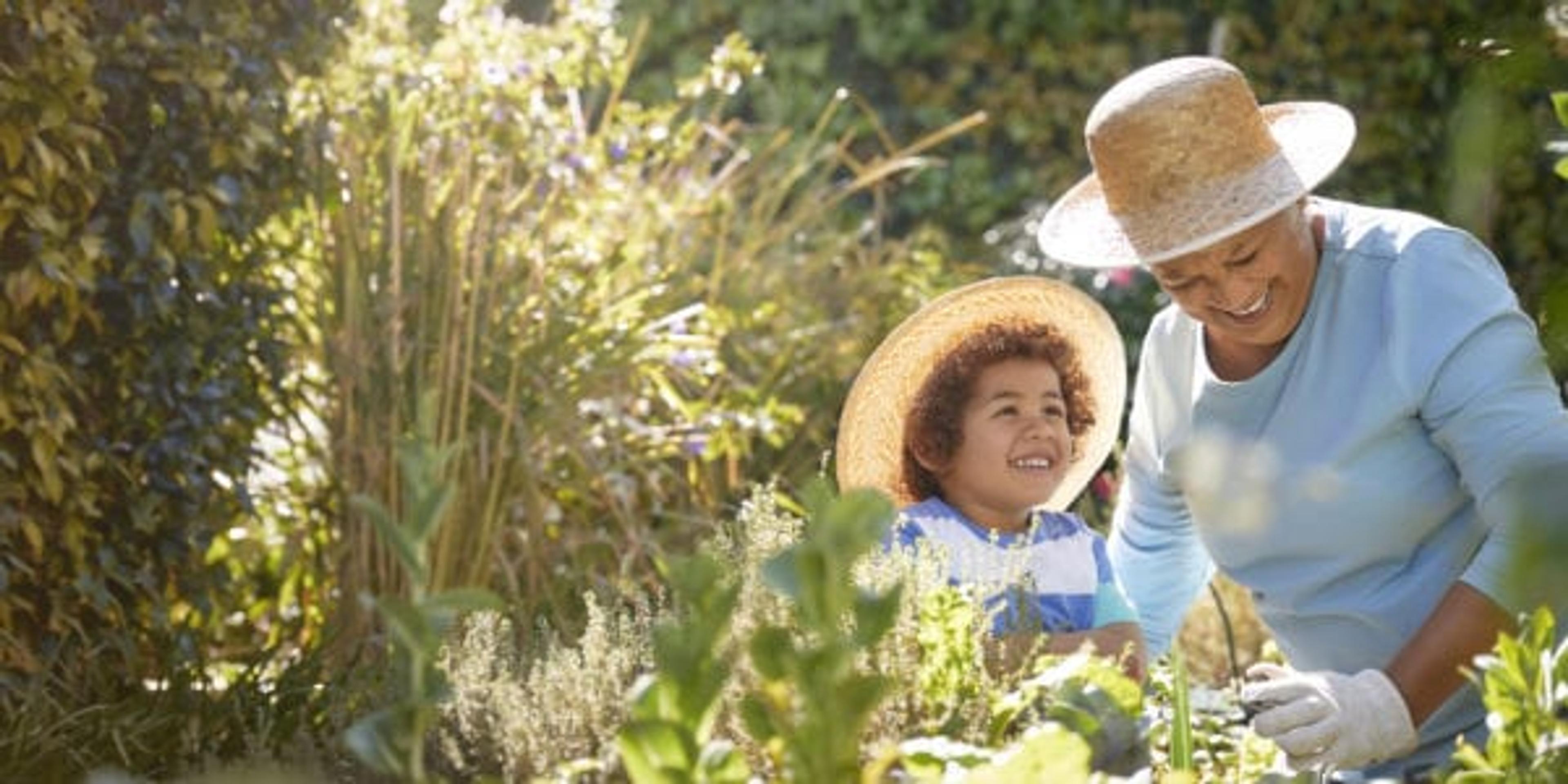Making the Most of Spring

Shanthi Appelo, MS, RD
| 4 min read

Spring is full of new beginnings and a great time to reconnect with outdoor activities. Whether gardening, biking, walking or hiking, there are many benefits from spending time outdoors. Here are some ways to make the most of spring activities this year, and how they boost physical and mental health.
Gardening
Spring is the perfect time to begin an herb garden along the windowsill or prepare a backyard plot for a traditional garden.
- Check the calendar: The ground in Michigan typically thaws from the winter freeze in May. Michigan State University Extension offers many resources, including this handy garden planning calendar. Cool-season vegetables can handle planting times as early as the soil thaws and is workable, usually late March through early April in southern Michigan, and three weeks later in the most northern parts of the state. Many annual flower varieties do best when planted after the last frost of the season.
- Consider starting seeds indoors: Success with seedlings depends on how you prepare them for transplantation. A few weeks after starting them inside, begin setting them outside in the sunshine for an hour per day, and gradually increase the time spent outdoors so they are not shocked by the climate when they’re eventually planted outside
- Plants to start outdoors: Begin by planting cool-season vegetables, which prefer lower temperatures for seed germination and plant growth. Some crops can be seeded together, such as cole crops — that’s where coleslaw gets its name — including cabbage, Brussels sprouts, broccoli, cauliflower, collards, kale and kohlrabi. These versatile vegetables can be planted as spring or fall crops since most cole crops can withstand frost and do not grow well in hot weather.
Harvest Time
An early spring start on gardening will pay off with the first harvests of the season. Cooking these vegetables doesn’t have to be difficult. Here are recipe ideas for early spring crops:
- Asparagus: Toss it in oil, garlic powder, salt and pepper, and cook under a broiler for about seven minutes, then squeeze citrus juice on top. Serve as a side dish or with a favorite dipping sauce.
- Cabbage: Combine with shredded carrots, thinly sliced bell peppers and chopped cilantro, then toss with lime juice, olive and sesame oil, a little bit of honey, and salt and pepper to taste.
- Herbs: Parsley adds freshness to any dish and is versatile. Chives have an onion-type flavor and go well with creamy dishes. Liven up a fish dish with a topping of dill and citrus.
Outdoor Fun
Gardening is one way to enjoy the longer days, warmer weather and sunshine. Here are some ideas for family-friendly outdoor activities to try this spring:
- Buy or borrow a Michigan tree pocket guidebook and take children on a forest scavenger hunt to see what trees are in the neighborhood or local parks. Show children how to play tree detective by looking at the bark and the leaves, and then comparing them to the guidebook photos.
- Encourage children to decorate their bikes with streamers, peel-off foam stickers, even colored shaving cream, and take a family ride down a bike trail or just in your neighborhood.
- Find a trail or park nearby. Let children carry a small backpack or waist pack so they can collect “treasures” along the trail. Bring water and a few snacks.
Make the most of spring, whether working in the garden or getting out for a hike to see what nature has in bloom. There are benefits to connecting with the Earth, both physically and mentally. Getting outside can improve health in a variety of ways from fighting depression to lowering blood pressure. As little as two hours a week can make a difference, according to a 2019 study published in the journal Nature Scientific Reports.
Researchers found those who spent two to three hours in nature were 20% more likely to report high overall satisfaction with their lives compared to those who didn’t get outside. The health benefits were even more impressive with 60% more likely to report being in good health.
Shanthi Appelö is a registered dietitian and health and wellness spokesperson for Blue Cross Blue Shield of Michigan. For more tips on lowering the risks of diabetes, visit ahealthiermichigan.org.
Related:
Photo credit: Getty





